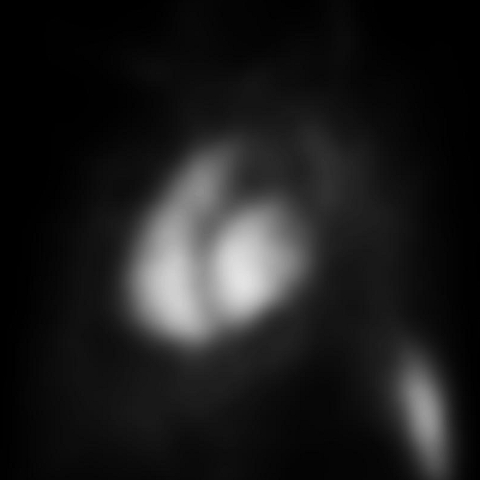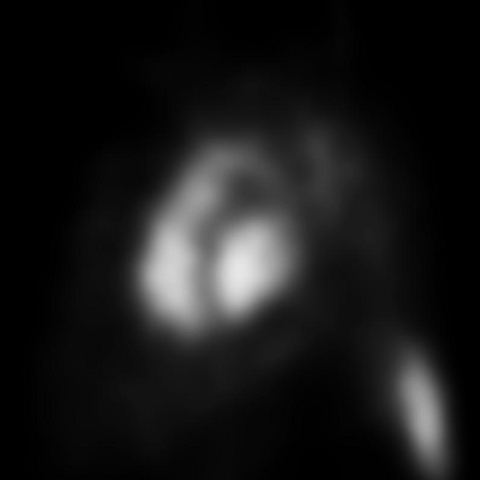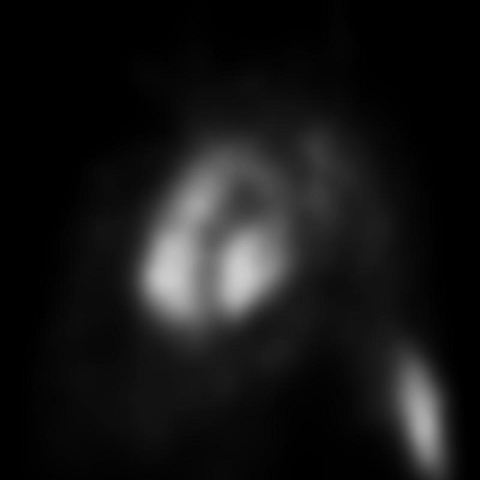A multigated acquisition scan (also called equilibrium radionuclide angiogram or blood pool scan) is a noninvasive diagnostic test used to evaluate the pumping function of the ventricles (lower chambers of the heart). During the test, a small amount of radioactive tracer is injected into a vein. A special camera, called a gamma camera, detects the radiation released by the tracer to produce computer-generated movie images of the beating heart. The MUGA scan is a highly accurate test used to determine the heart’s pumping function.



How should I prepare for the test?
- There is no special preparation required for this test; there are no medication or food restrictions.
- Wear comfortable clothes that can be easily removed, as you may be asked to wear a hospital gown during the test.
What happens during the test?
- A technologist will attach electrodes (small, round adhesive patches) to the skin of your chest. Men may have their chest hair shaved to allow a better connection. The electrodes are attached to an electrocardiograph monitor (EKG) that charts your heart’s electrical activity during the test.
- An intravenous (IV) line will be inserted into a vein in your arm.
- The technician will ask you to lie on the exam table under the gamma camera. A nuclear imaging technologist will draw a small amount of blood, combine it with a radioactive tracer, and inject the mixture into your IV. The radioactive tracer tags your red blood cells, so they can be detected by the camera. The tracer stays in your bloodstream for several hours and does not enter your tissue cells.
- The camera above the table is focused on the heart and analyzes the amount of radio-labeled red blood cells pumped from the heart with each heartbeat. Several images can be taken to look at you different walls of the heart.
- This test calculates your ejection fraction, a measurement of how well your heart pumps with each beat. A normal ejection fraction ranges from 50-70 percent. An ejection fraction of 65 percent, for example, means that 65 percent of the total amount of blood in the left ventricle is pumped out with each heartbeat. The ejection fraction may be lower when the heart muscle has become damaged due to a heart attack, heart muscle disease (cardiomyopathy), or other causes.
Are there any side effects from the injections during the MUGA scan?
Because the injected medications contain only a minimal amount of the carrier drug, there are no significant side effects. The radioactive tracer used during the MUGA scan is a diagnostic dose of radiation that is similar to the dose you would receive during a CT scan.
How long will the MUGA Scan take?
The MUGA scan takes about one hour to perform.
What happens after the MUGA scan?
You can resume your normal activities right after the test.
How will I get my MUGA scan results?
After the cardiologist reviews your test, the results will go into your electronic medical record. Your referring physician will also receive a copy of the results and will contact you to discuss them.



